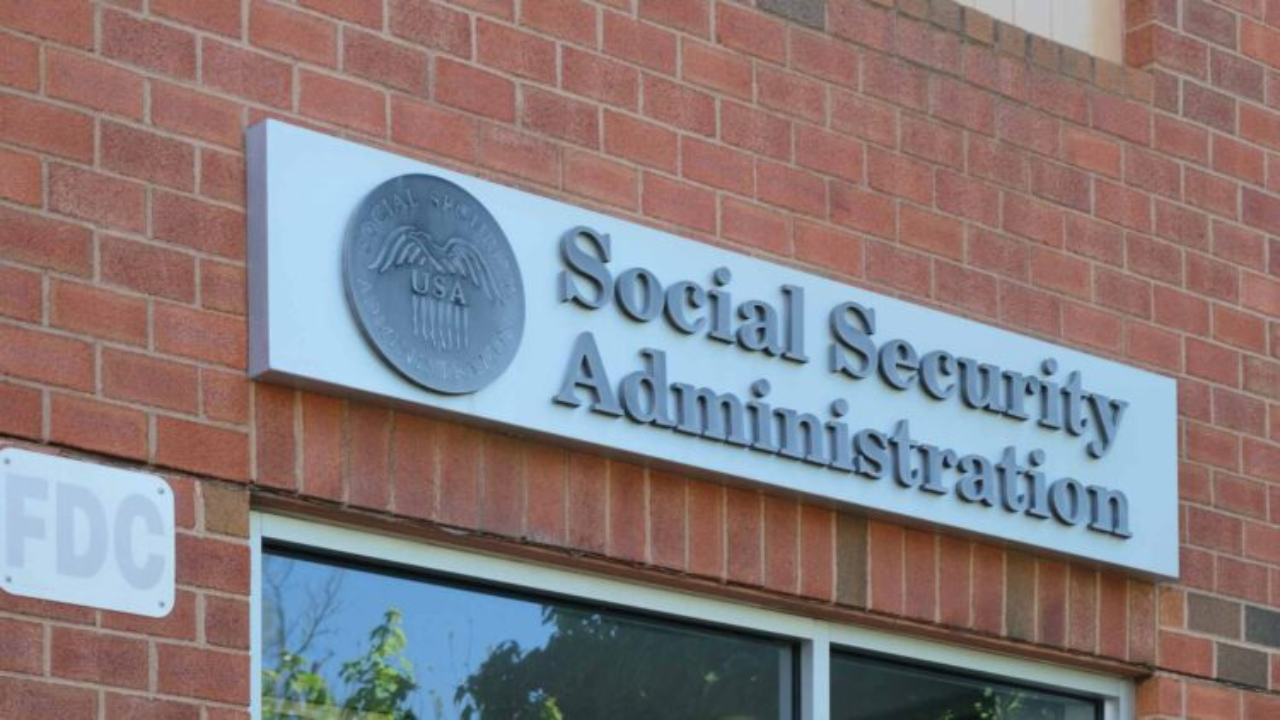
Social Security plays a crucial role in the lives of many Americans, especially those who depend on it during their retirement.
Every year, the Social Security Administration adjusts benefits based on the cost of living to help seniors keep up with rising expenses.
This increase is known as the Cost of Living Adjustment (COLA), and it’s meant to ensure that benefits continue to meet the needs of retirees, despite inflation.
However, not all states see the same increases, and some areas are expected to get lower adjustments in the upcoming year.
Understanding which states may receive the smallest increase can help you better plan for your retirement if you live in one of these regions.
In this article, we’ll break down which states are expected to see the lowest Social Security increases and what factors contribute to these smaller adjustments. We’ll also explain what this means for retirees in those states.
Social Security Update: Which States Will Get the Lowest Increases?
When it comes to Social Security benefits, not all states are created equal. According to predictions, some states will likely receive lower increases in their benefits compared to others.
This is largely due to their median Social Security payment amounts and the way the COLA works.
Breaking News: Changes to Social Security Payments This Month—Are You Affected?
States like Mississippi, Louisiana, and New Mexico are expected to see the smallest increases in Social Security benefits for 2025.
For example, Mississippi, which has one of the lowest median Social Security payments, may only see an increase of about $41.80 per month.
This is significantly lower than in states like New Jersey, where retirees could see an average increase of $52.50 per month.
The reason behind this difference is tied to the state’s income levels. Lower-income states tend to have lower Social Security payments, and since the COLA is based on a percentage of the current benefit, these states see smaller increases.
For retirees in these states, the smaller adjustment can feel like a bigger impact, especially as they face rising costs of essentials like food, housing, and healthcare.
Why Are Some States Seeing Smaller Social Security Increases?
The amount of Social Security increase you receive depends on various factors, including your state’s median income.
In states where the median income is lower, retirees generally receive smaller Social Security payments. As a result, the annual COLA adjustment will also be smaller, because it’s based on the amount a retiree is already receiving.

For example, states like Mississippi and Arkansas have lower median incomes, which leads to lower average Social Security benefits.
On the other hand, higher-income states like New Jersey and Massachusetts tend to see bigger increases because their residents already receive higher Social Security benefits.
Another factor that can impact the increase is the state’s cost of living. States with a lower cost of living often have lower Social Security payments, meaning the COLA increase will be smaller in comparison to states with higher living costs.
How Inflation and Taxes Affect Social Security Increases
Inflation plays a huge role in determining the size of the Social Security COLA. The COLA is adjusted each year to keep up with inflation, but in recent years, inflation has been higher than the adjustment itself.
This means retirees are often left with less purchasing power, especially in states with lower Social Security increases.
Additionally, some states tax Social Security benefits, which can further reduce the net income that retirees take home.
For instance, states like New Mexico and Montana tax these benefits, making it even harder for retirees in these states to keep up with rising prices for essentials.
While these smaller increases may seem concerning, many retirees have adjusted to living on lower monthly payments, and the yearly COLA helps, even if it’s smaller than in other states.
However, those in lower-income states need to budget carefully and plan for rising costs.
What Retirees Can Do To Prepare
If you live in a state expected to get one of the lowest Social Security increases, it’s important to plan.
Budgeting and saving are key to ensuring that you can cover rising costs, even if your benefit increase is smaller than you hoped.
Look for ways to reduce expenses, such as downsizing your home, cutting back on non-essentials, or exploring additional sources of income.
It might also be helpful to consult with a financial advisor to make sure you’re maximizing your benefits and saving effectively for the future.
Even though Social Security was never meant to be the sole source of income for retirees, for many people, it is.
So, understanding the expected increases and planning around them can make a big difference in your financial security.
SSDI September 2024 Payments Are Nearly Here—See the Details
Conclusion
The Social Security COLA for 2025 is expected to be smaller than in recent years, and some states, particularly those with lower median incomes, will see even smaller increases.
While this might seem like a challenge for retirees in those states, it’s important to remember that careful planning and budgeting can help make up for the difference.
Knowing which states are affected and why will give you a better understanding of your benefits and help you stay prepared for the future.
